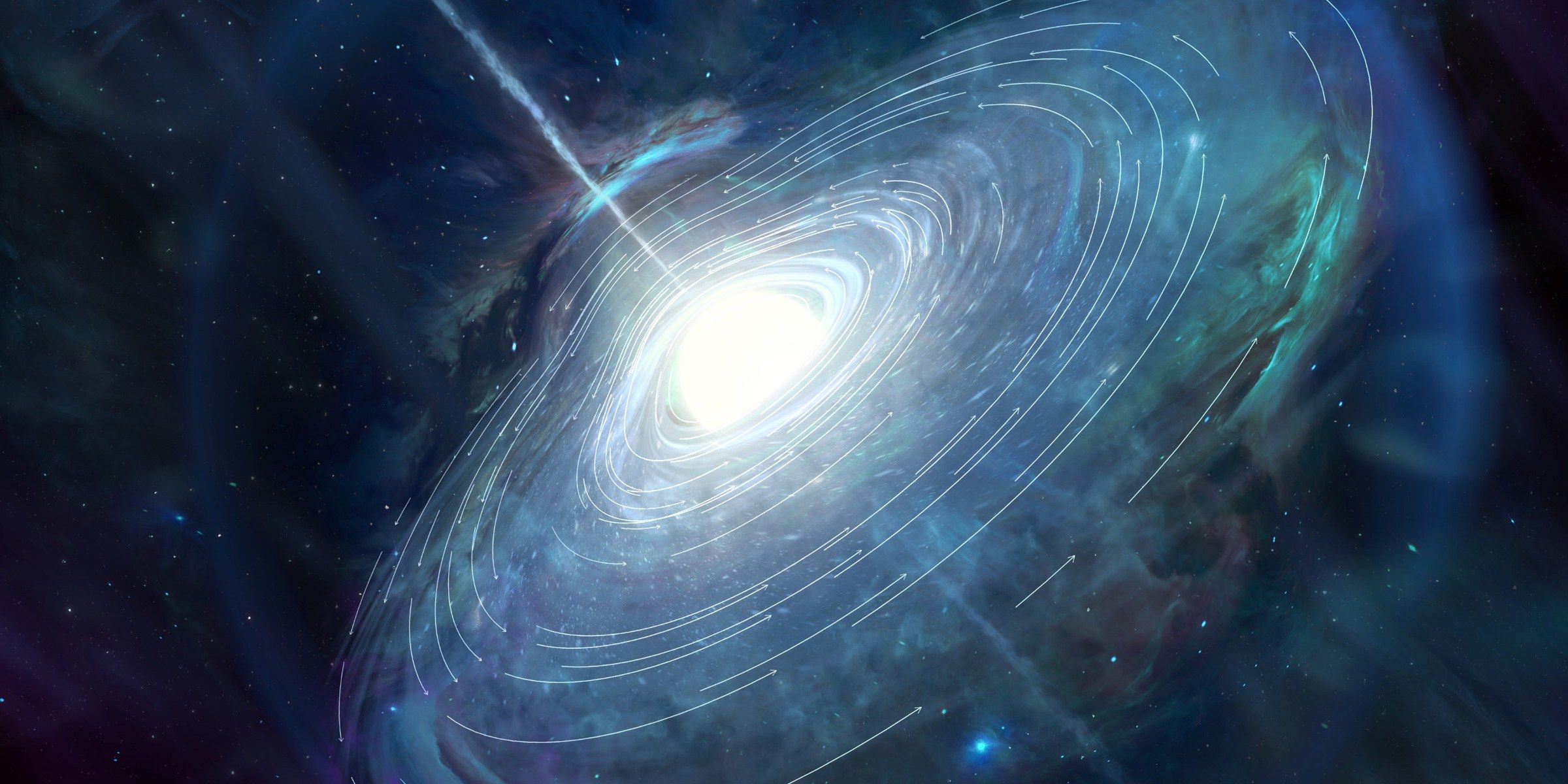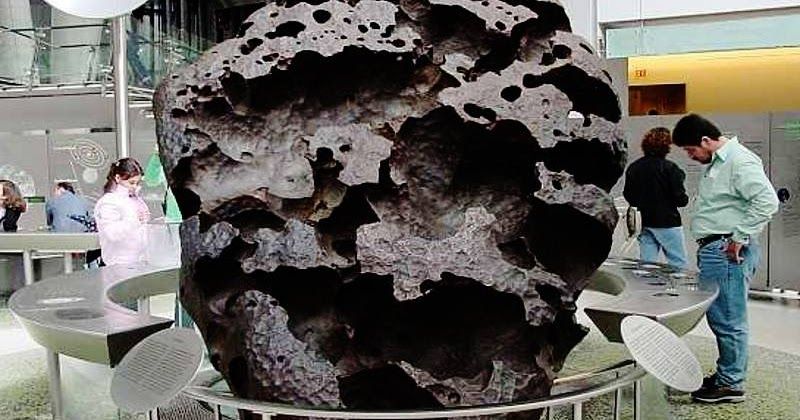Quasars powered by supermassive black holes have been unexpectedly vanishing. Scientists have started to figure out why.
Our results suggest at least two different ways in which the brain has evolved to anticipate the future.
Go ahead and add ‘seeing the future’ to the growing list of amazing things your brain can do.
Well, almost, at least. According to new research from the University of California, Berkeley, it turns out that humans have the innate skill to somewhat predict or anticipate some things moments before they actually happen.
The research has suggested that humans have two ‘internal clocks’ in your brain, connected to your cerebellum and the basal ganglia, both of which work together to allow you to make these short-term predictions.
A Giant Leap Forward For
Posted in futurism
Over the past 90 years, scientists have discovered hundreds of antibiotics—microbe-killing drugs that have brought many pernicious diseases to heel. But every time researchers identify a new drug, bacteria inevitably evolve to resist it within a matter of years. We thrust; they parry. Now, with the flow of new antibiotics having dried up for decades, our stalemated duel with infectious bacteria threatens to end in outright defeat. Superbugs are ascendant around the world, including those that resist all commonly used drugs.
Scientists have pinpointed a molecule that accelerates the evolution of drug-resistant microbes. Now they’re trying to find a way to block it.
A startup called HyperSurfaces wants to completely change how you interact with the physical world — and based on some recently released demo videos, it might just meet that lofty goal.
The London-based startup recently unveiled a new technology that can transform any object into a user interface. Essentially, this tech lets you communicate with a computing system using virtually anything you like as a conduit — a glass wall, a car door, even a metal clothes rack — and it has the potential to end our reliance on keyboards, buttons, and touch screens forever.
The Willamette Meteorite weighs 15.5 tons. This iron meteorite, which was found in Oregon. It is the largest meteorite found in North America.
The Willamette Meteorite is an iron-nickel meteorite discovered in the U.S. state of Oregon. It is the largest meteorite found in North America and the sixth largest in the world.
There was no impact crater at the discovery site; researchers believe the meteorite landed in what is now Canada or Montana, and was transported as a glacial erratic to the Willamette Valley during the Missoula Floods at the end of the last Ice Age (~13,000 years ago).









